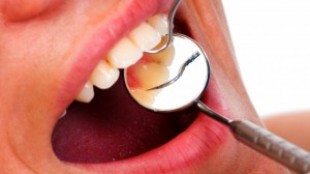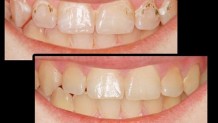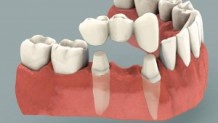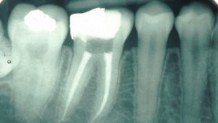What is Periodontal Disease?

Periodontal Disease
3 out of every 4 adults are affected by Pyorrhea or Periodontitis, also known as Gingival Disease . Particularly women are exposed to the risk of having periodontal diseases in certain stages of their lives. Hormonal changes may affect the blood flow to/through the gums and the reaction of gingiva to the irritating materials contained in bacteria plaque can increase. If you have a high risk of being caught to a periodontal disease, you would most probably notice that things get worsened at such times. Let’s analyze the causes of periodontitis before discussing these stages.
REASONS OF GINGIVAL (PERIODONTAL) DISEASES
Periodontal Disease is the infection caused on the surrounding bones and gingiva by a sticky bacteria plaque adhered onto teeth. This bacteria plaque produce toxins irritating the gums.
During the initial stages of periodontal disease, called as Gingivitis, gums swell, their color turns from pink to red and they easily bleed. The reaction of the body to these toxins produced would be in the form of gingiva recessing from the teeth and deep gaps, called as “gingival pocket” are created in these regions. During the final stages of periodontal disease, called as “Periodontitis”, the bone and soft tissues surrounding the tooth are destroyed and it starts to move in its place, in which case the tooth either falls out by itself or has to be removed by the dentist
.



COMMENTS
POST A COMMENT